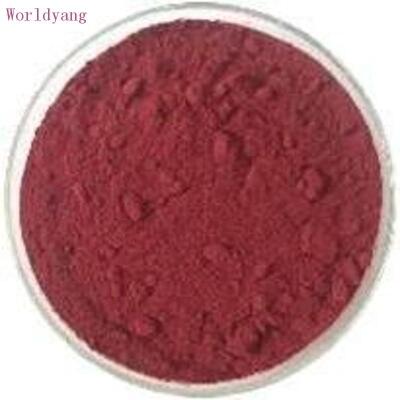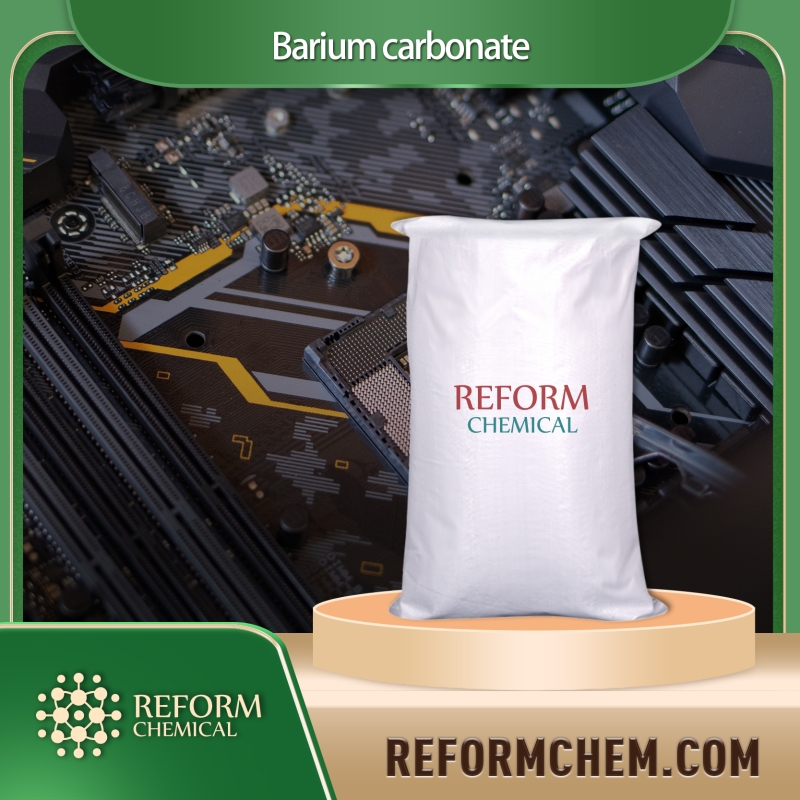-
Categories
-
Pharmaceutical Intermediates
-
Active Pharmaceutical Ingredients
-
Food Additives
- Industrial Coatings
- Agrochemicals
- Dyes and Pigments
- Surfactant
- Flavors and Fragrances
- Chemical Reagents
- Catalyst and Auxiliary
- Natural Products
- Inorganic Chemistry
-
Organic Chemistry
-
Biochemical Engineering
- Analytical Chemistry
-
Cosmetic Ingredient
- Water Treatment Chemical
-
Pharmaceutical Intermediates
Promotion
ECHEMI Mall
Wholesale
Weekly Price
Exhibition
News
-
Trade Service
Author: Zhilin-Lanshan
Some experts in the industry proposed that the United States Pharmacopeia (USP) formulate a new harmonized chapter on the visual inspection of injectable drugs to address the current testing gaps
According to a promotion article published on the US Pharmacopoeia Forum on May 3, the harmonized visual inspection chapter will allow for more reliable detection of visible foreign bodies in injectable drugs.
The author points out in the article that “the presence of visible foreign objects that are not expected to appear in the drug product is one of the most common reasons for recalls and warning letters
The USP, European Pharmacopoeia, and Japanese Pharmacopoeia all have chapters on visual inspection.
General Standard
General StandardThey suggested the development of a harmonized pharmacopoeia chapter, which includes the use of a "universal standard set" to train visual inspectors, confirm methods, and verify results
For smaller organizations, it’s easier to adopt training packages and methods, because they don’t need to invest time and money in visual inspection procedures to develop analyses.
The article pointed out that NIST has spent many years exploring different materials and methods to make simulated protein particles
Training
TrainingThe authors also recommend “according to the percentage of foreign bodies detected in the standard training set when analyzing different types of foreign bodies” to provide a unified confirmation for all visual inspection personnel, and ensure that particles are detected and identified with the same sensitivity among organizations , So that the detection is more consistent and quantitative
The article pointed out that the visual inspection during the development process may be more stringent than the pharmacopoeial method
Particle size and type
Particle size and typeThe article also called for a consensus on "a unified definition of visible particles based on size and particle type," and NIST is supporting this effort by leading the collaborative evaluation of these standards
The article stated that it is possible to create a particle library to support risk assessment considerations for different types of particles, including analysis results, preferably including "videos of particles in motion after rotation
The article stated that the use of these methods "will greatly help improve the consistency of testing and the ability to compare results and analysis capabilities across departments, and to compare analytical capabilities across products, departments, and organizations







